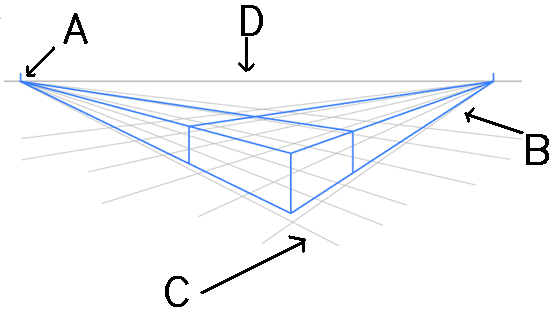IED Unit 2 Assessment
- ISO 128
- ANSI Y14.5
2.
You may optionally provide this to label your report, leaderboard, or certificate.
×
Thank you for your feedback!
















